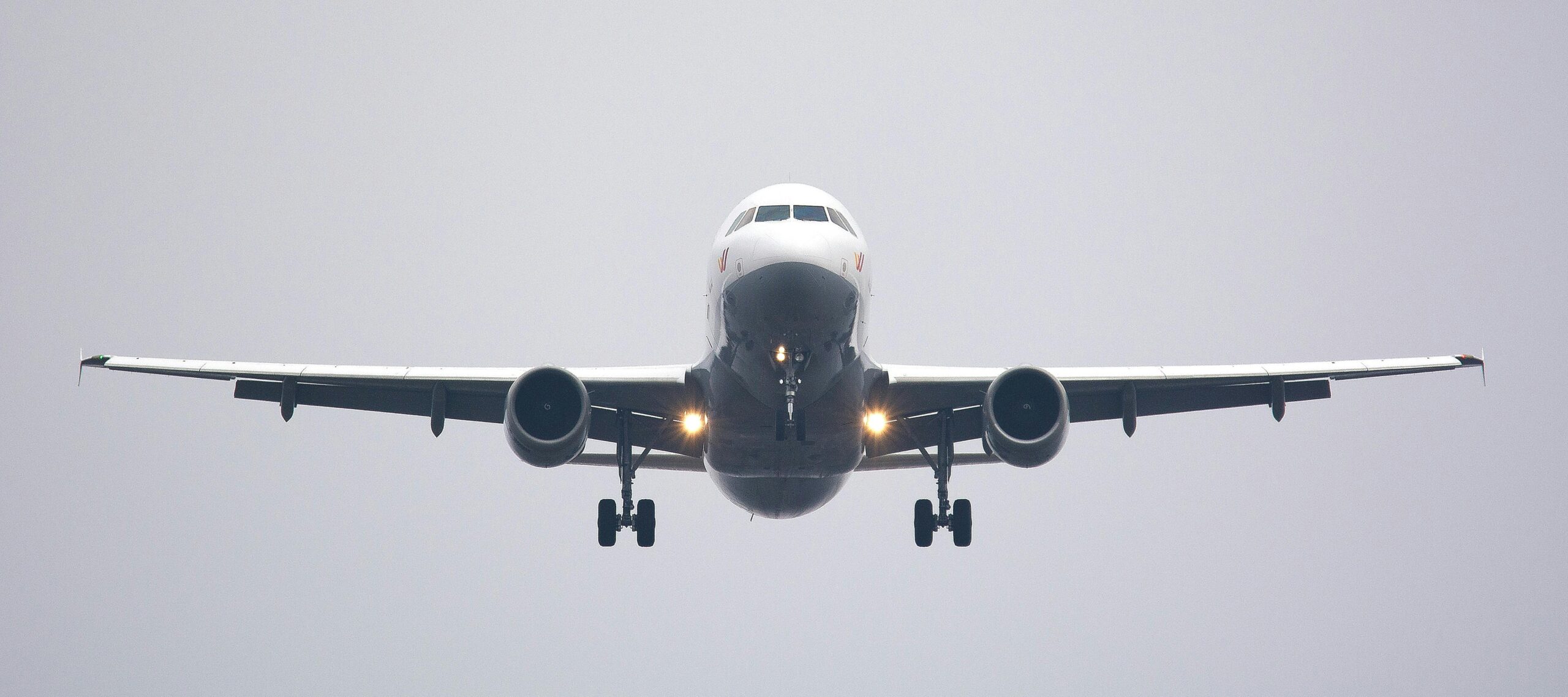- LIFE
55 Very Best Winnie the Pooh Quotes


Whether you’re gearing up for your very first flight, creating content for your travel blog, or just want to sound like a seasoned traveler, understanding airline lingo can make your journey smoother and way more fun. Airports and airplanes come with their own language, and it’s easy to feel lost if you don’t know what terms like “layover,” “standby,” or “final call” actually mean.
This guide breaks down the most common airline terms and phrases from check-in counters to cockpit jargon so you can navigate every terminal, announcement, and turbulence patch like a pro.
Your golden ticket to fly! A boarding pass shows your name, flight number, seat, gate, and boarding time.
Example: “Please have your boarding pass and ID ready for security.”
The specific area at the airport where passengers board their aircraft.
Fun fact: Large airports have dozens of gates—so always double-check your gate number before heading to board.
When your flight is assigned to a new gate, usually due to operational needs.
Example: “Attention passengers, Flight 204 has moved from Gate B12 to Gate C4.”
This is the last announcement for boarding. If you hear this, hustle!
Example: “Final call for Flight 802 to Chicago, now boarding at Gate A7.”
A stop at another airport before reaching your final destination. Some are quick (under an hour), while others may be several hours long.
Example: “My flight to Paris has a 3-hour layover in London.”
The second (or third) flight in your journey when you have a layover.
Tip: Give yourself at least an hour between flights for international connections.
The area where you retrieve your checked luggage after landing.
Fun fact: Not all baggage claim belts are created equal—some spin faster than others!
The conveyor belt where your luggage appears.
Example: “Luggage from Flight 918 will be at Carousel 5.”
The process of confirming your flight and receiving your boarding pass—either online or at the airport counter.
Pro tip: Most airlines allow online check-in 24 hours before departure.
The U.S. agency that handles airport security screening.
Tip: Wear slip-on shoes to breeze through TSA checkpoints faster.
Passengers are often divided into groups (e.g., Group A, B, C) to organize boarding.
Example: “Now boarding Group A only.”
Priority boarding for people who need extra time, such as families with small children or passengers with disabilities.
When you’re waiting for an available seat on a full flight, often after missing a flight or flying on a flexible ticket.
Example: “I didn’t get on the 2 PM flight—I’m flying standby for the 4 PM one.”
Airlines sometimes sell more tickets than there are seats. Volunteers may be asked to take a later flight (with compensation).
Fun fact: You might score a travel voucher if you give up your seat!
The time passengers are expected to begin getting on the plane—usually 30–45 minutes before departure.
Example: “Boarding begins at 3:15 PM for a 4 PM flight.”
The last boarding phase before doors close. Don’t miss this!
The tunnel that connects the terminal gate to the aircraft.
Example: “We’ll be boarding via jet bridge today—no need to go outside.”
Luggage stored in the aircraft’s cargo hold. You won’t see it again until baggage claim.
Smaller luggage that fits in the overhead bin or under the seat in front of you.
Even smaller than a carry-on—think backpacks, purses, or laptop bags.
The crew member who ensures your safety and comfort during the flight.
Fun fact: They’re trained in first aid, emergency evacuations, and even basic firefighting!
The air pressure maintained inside the aircraft cabin to ensure passengers can breathe normally at high altitudes.
An illuminated sign indicating that passengers must stay seated with seatbelts fastened.
Example: “Please return to your seat and fasten your seatbelt.”
Irregular air movement that causes bumps during the flight. It may feel scary, but it’s perfectly normal.
Pro tip: Keep your seatbelt fastened at all times—even when the sign is off.
A small table in front of your seat used for eating or holding items.
Refers to your seat position—next to the window, aisle, or between two passengers.
The onboard restroom.
Example: “The lavatory is located at the back of the aircraft.”
That little pouch in front of you, often holding a safety card, inflight magazine, and barf bag.
The small kitchen area where flight attendants prepare food and drinks.
A pre-flight briefing on how to use seatbelts, oxygen masks, life vests, and emergency exits.
Watch it even if you’ve flown before—it can save your life.
The area where pilots operate the aircraft.
The captain is the main pilot, while the co-pilot (also called First Officer) assists.
A universal distress signal used in emergencies. It comes from the French “m’aider” meaning “help me.”
The aircraft’s height above sea level, usually measured in feet.
Example: “We are now cruising at an altitude of 35,000 feet.”
The team of professionals that guide aircraft during takeoff, landing, and flight paths to keep everything safe.
The movement of an aircraft on the ground, usually from the gate to the runway.
When a plane is pushed away from the gate by a special vehicle before taxiing.
When the plane leaves the runway and begins flight.
Example: “Please remain seated until we have reached cruising altitude.”
The wheels used during takeoff and landing.
When a pilot aborts a landing attempt and circles around for another approach—totally normal for safety.
A late-night flight that arrives early in the morning—great for maximizing travel time (but tough on sleep).
Example: “We took a red-eye from L.A. and landed at sunrise in New York.”
The tired, groggy feeling from crossing time zones and disrupting your internal body clock.
Someone who travels often and earns miles or points with an airline loyalty program.
When two or more airlines share the same flight—so your ticket might say Delta but the plane is operated by Air France.
Inbound means coming into your destination. Outbound means departing from it.
Your flight isn’t leaving on time—common, so bring snacks and patience.
When a flight lands at a different airport due to weather or emergencies.
A passenger who doesn’t show up for their booked flight.
Getting bumped to a better seat—first class, business class, or premium economy.
Fancy airline speak for “get off the plane.”
Whether you’re heading out on your very first adventure or writing content for a travel-loving audience, knowing the language of aviation helps you feel more prepared, relaxed, and in control. Now you know what to do when you hear “final call” or see a “gate change,” and you can nod knowingly at phrases like “altitude,” “standby,” or “cabin pressure.”
So grab your boarding pass, fasten your seatbelt, and let your new aviation knowledge take flight because travel is a journey best enjoyed with confidence and curiosity.
Happy flying!